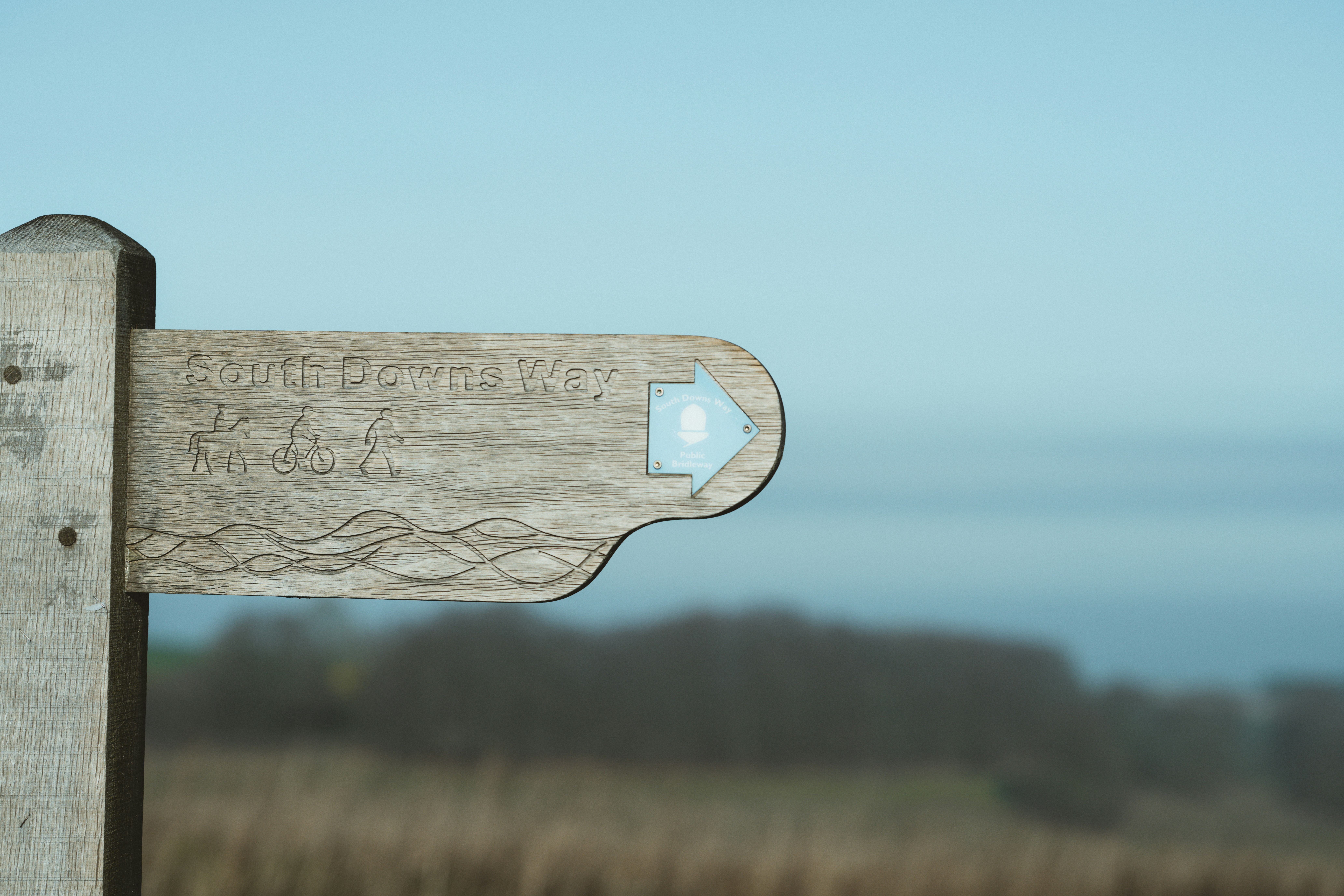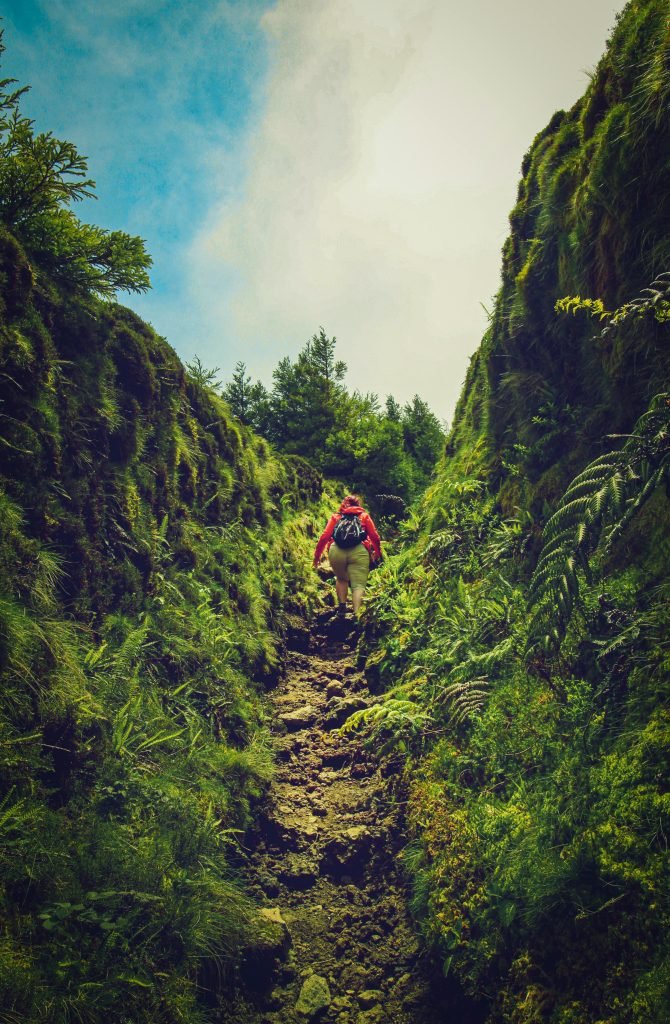Have you ever found yourself lost in the wilderness, unsure of which way to go? Or maybe you’re planning your next outdoor adventure and want to ensure you’re well-prepared with the best navigation equipment? Choosing the right outdoor navigation equipment can make all the difference in ensuring a safe and enjoyable adventure. Here’s a friendly guide to help you select what best suits your needs.
Understanding Your Navigation Needs
Before diving into equipment selection, it’s important to understand your specific navigation needs. Consider the following aspects of your outdoor adventures.
Types of Activities
What types of outdoor activities do you enjoy? Hiking, mountain biking, or perhaps kayaking? Each activity may require different navigation tools. For example, a casual hike on marked trails may need less sophisticated equipment than off-trail trekking or navigation in remote areas.
Terrain and Environment
Think about the types of terrains and environments you frequent. Are they mostly wooded areas, mountains, or open plains? Some navigation tools work better in certain landscapes. For instance, GPS devices are excellent in open areas but may face challenges in heavily forested regions.
Duration and Complexity of Trips
How long do you typically spend outdoors? A short day hike might only require a basic map and compass, while multi-day backcountry trips may require more advanced equipment. The complexity of your trips should strongly influence your choice of navigation tools.
Types of Navigation Equipment
Now that you’ve reflected on your specific needs, let’s take a closer look at the various navigation equipment available. Each type offers unique features that can help you on your journey.
Maps
Using a physical map is a classic and reliable way to navigate. They come in various types, including topographic, road, and specialty maps.
- Topographic Maps: These feature contour lines that indicate elevation changes, helping you understand the terrain better.
- Road Maps: Good for identifying roads, trails, and other transport routes.
- Specialty Maps: These can include specific features such as birdwatching spots, fishing areas, or detailed state parks information.
| Map Type | Best For | Limitations |
|---|---|---|
| Topographic Maps | Detailed terrain understanding | Require map reading skills |
| Road Maps | Navigating urban and suburban areas | Less detailed for wilderness |
| Specialty Maps | Activities like fishing or bird watching | Often limited to specific locales |
Each map type serves a different purpose, so think about which best fits your activities.
Compasses
Investing in a good compass can be a lifesaver. A compass will help you orient yourself with the map and determine the direction you want to travel. Key features to consider include:
- Baseplate Compasses: Easy to read and typically used with maps.
- Thumb Compasses: Designed for quick navigation without looking down often.
- Sighting Compasses: These allow for precision with compass bearings.
GPS Devices
Global Positioning System (GPS) devices have become increasingly popular for outdoor navigation. Here’s what you need to know about them:
- Handheld GPS Units: Suitable for backcountry navigation with features like tracking, waypoints, and routes.
- Smartphone Apps: Many smartphones come preloaded with GPS apps. They’re convenient, but battery life and signal reception can be issues in remote areas.
| GPS Type | Best For | Limitations |
|---|---|---|
| Handheld GPS Units | Off-trail navigation | Can be expensive and prone to battery issues |
| Smartphone Apps | Convenience and ease of access | May struggle in remote areas without service |
While GPS devices come in handy, it’s wise to carry a backup navigation method, such as a map and compass, since technology can fail.
Personal Locator Beacons (PLBs) & Satellite Messengers
Safety is paramount, especially on long or remote trips. Personal Locator Beacons and Satellite Messengers can help you call for help in an emergency.
- PLBs: Emergency devices that send a distress signal to rescue services.
- Satellite Messengers: Allow two-way communication, so you can check in with loved ones or call for help.
| Device Type | Best For | Limitations |
|---|---|---|
| Personal Locator Beacons | Emergency signaling to rescue teams | Limited to distress signals only |
| Satellite Messengers | Communication and check-ins | Requires subscriptions for usage |
Be sure to think about the need for safety and communication when planning your navigation equipment setup.
This image is property of images.unsplash.com.
Factors to Consider When Choosing Equipment
With multiple types of navigation equipment available, how do you choose the right one for you? Here are some factors to consider when making your decision.
Familiarity and Skill Level
Your experience level matters. If you’re new to outdoor adventures, investing in a simple map and compass, as well as learning how to use them properly, may be your best option. On the other hand, if you have considerable experience, you may want more advanced GPS units and other tech.
Weight and Portability
If you’re planning long treks, carrying heavy equipment can become burdensome. Lightweight gear can be a blessing on the trail.
Battery Life
For electronic devices like GPS units and satellite messengers, battery life is crucial. Long trips require equipment that can last or options for recharging on the go.
Budget
Navigation can range from budget-friendly options like maps and compasses to higher-end GPS devices. Set a budget and investigate products that provide good value for your price range.
Reviews and Recommendations
Research is essential before making a purchase. Look for reviews from fellow adventurers and reliable sources to get a sense of what equipment works best in your desired settings.
Learning to Use Your Equipment
Once you’ve selected your navigation tools, take the time to learn how to use them effectively.
Familiarize Yourself with a Map and Compass
Practicing map and compass skills in a controlled environment before heading into the wild can make a significant difference. Start with practice navigation on local trails or parks.
Using GPS Devices
Spend time understanding how to use your GPS device’s features. Learn how to set waypoints, mark your location, and track your distance. Many manufacturers offer tutorials, so take advantage of these resources.
Emergency Procedures
Understand how to use safety devices like PLBs or satellite messengers before you set out. Practice using them in a safe environment so you’re not caught off guard in an emergency.
This image is property of images.unsplash.com.
Combining Navigation Methods
Relying solely on one type of navigation could leave you stranded if it fails. Mixing various methods can provide you with a safety net.
Map and Compass Together
Combine your map and compass skills to gain a better understanding of your surroundings. Always have a physical map even if you’re using GPS technology; it provides a reliable backup.
GPS and Communication Devices
If you’re using a GPS device, consider bringing a satellite messenger or PLB along. This combination can keep you connected even if you stray far from civilization.
Maintaining Your Equipment
Proper care of your navigation equipment ensures it lasts longer and functions correctly.
Regular Checks
Regularly check batteries of electronic devices, as well as the integrity of your maps and compasses. Replace batteries before long trips and ensure devices are in excellent working condition.
Storing Equipment Properly
Store your navigation gear in a dry, cool place to avoid damage. Keep components like maps and compasses in protective cases, and give careful thought to how you pack and transport electronics.
This image is property of images.unsplash.com.
Understanding Local Regulations
Before you head out, be mindful of local regulations. Some areas may have specific rules on navigation and the use of electronic devices.
National Parks and Protected Areas
Many national parks place restrictions on certain tools, especially drones and specific GPS usage. Familiarize yourself with the regulations of your intended destination.
Respecting Wildlife and the Environment
Be respectful of the environment while navigating. Use trails when possible and abide by Leave No Trace principles to help preserve nature for future generations.
Joining Outdoor Communities
Connecting with fellow adventurers can enhance your experience and knowledge. Communities often share valuable insights on gear, techniques, and the best spots to explore.
Clubs and Organizations
Seek local hiking clubs, outdoor adventure groups, or online forums. These communities can provide support, tips, and camaraderie.
Online Resources and Apps
Numerous online platforms and mobile apps offer outdoor navigation tools, shared routes, and tips from experienced explorers. These resources can help you prepare better for your adventures.
Conclusion
Choosing the right outdoor navigation equipment ultimately hinges on your personal preferences, needs, and the nature of your adventures. Whether you prefer the reliability of a map and compass, the technology of a GPS device, or the safety of a satellite communicator, each tool has its advantages.
By considering factors like terrain, activity type, and personal skill level, you can ensure you’re well-prepared for your next outdoor journey. Just remember to practice how to use your navigation tools and respect the environment along the way. The world is vast and beautiful—get out there and enjoy every step of your adventure!







